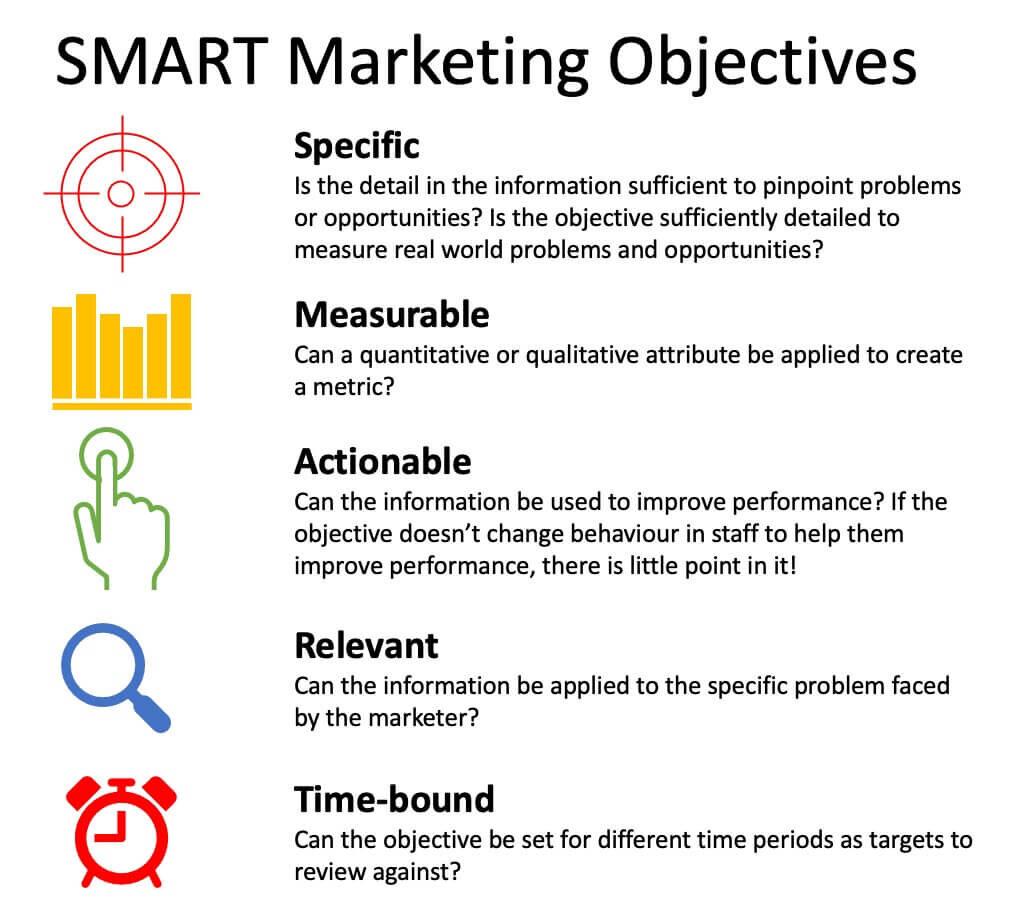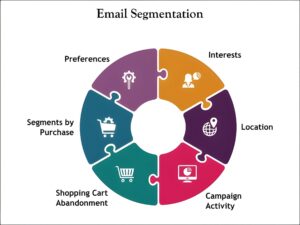Creating Marketing Goals That Align with Business Growth
Every successful business knows that marketing isn’t just a department – it’s a powerful engine driving growth and long-term success. But crafting marketing goals that genuinely support your overarching business growth strategies can often be challenging. Without alignment, your marketing efforts risk falling short, wasting resources, or missing key opportunities for expansion.
In this article, we’ll explore how to create marketing goals that are tightly integrated with your business growth objectives. You’ll gain valuable insights into setting effective marketing targets, aligning them with company strategy, and tracking progress to ensure your marketing investments pay off.
Why Align Marketing Goals with Business Growth?
When marketing goals align with business growth, every campaign, tactic, and initiative actively supports company success. Here are the key benefits:
- Focus & Clarity: Clear alignment helps marketing teams prioritize the right projects that propel business growth.
- Optimized Resource Use: Marketing budgets and human capital are invested where they deliver maximum impact.
- Improved ROI: Goals tied to business outcomes promote accountability and measurable results.
- Better Collaboration: Alignment encourages cross-department collaboration and unified organizational direction.
Understanding the Core Components of Business Growth
Before setting your marketing goals, it’s critical to identify what business growth means for your company. Typically, growth can come from:
- Revenue Increase: Growing sales volume or average transaction size.
- Market Expansion: Entering new geographic or demographic markets.
- Product/Service Diversification: Launching new offerings or improving existing ones.
- Customer Retention & Loyalty: Increasing repeat purchase rates and customer lifetime value.
- Brand Awareness & Reputation: Building brand equity that facilitates future growth.
Clearly defining which aspects of growth matter most to your business creates a solid foundation for relevant marketing goals.
How to Create Marketing Goals That Align with Business Growth
Here’s a step-by-step guide that businesses can follow to create marketing goals aligned to their growth objectives:
1. Start with SMART Goals
Effective marketing goals must be SMART – Specific, Measurable, Achievable, Relevant, and Time-bound. For example:
- Increase qualified lead generation by 25% in Q3 to support sales growth targets.
- Improve customer retention rate by 10% within 12 months through targeted email marketing campaigns.
2. Tie Marketing Metrics to Business KPIs
Identify the key performance indicators (KPIs) your business focuses on and develop marketing goals that influence those metrics directly. Common business KPIs influenced by marketing include:
| Business KPI | Related Marketing Metrics | Example Goal |
|---|---|---|
| Revenue Growth | Conversion Rate, Average Order Value | Boost conversion rate by 15% through optimized landing pages by year-end |
| Customer Acquisition | Cost per Acquisition (CPA), Lead Volume | Reduce CPA by 20% while increasing qualified leads by 30% in 6 months |
| Market Penetration | Brand Awareness, Social Media Engagement | Increase social media followers by 50% in 9 months targeting new demographics |
| Customer Retention | Repeat Purchase Rate, Email Open Rate | Raise repeat purchase rate by 12% using personalized email campaigns |
3. Prioritize Goals Based on Business Impact
Not all goals contribute equally to growth. Rank your marketing objectives based on potential impact and ease of implementation. Use frameworks like the Eisenhower Matrix or Impact/Effort Matrix to help prioritize.
4. Collaborate Across Departments
Marketing goals should be developed in collaboration with sales, product development, finance, and leadership teams to ensure goals are realistic and holistic.
5. Monitor and Adjust Regularly
Set checkpoints to review progress against goals. Use marketing analytics tools and business reports to identify areas for improvement and adjust strategies accordingly.
Practical Tips for Aligning Marketing Goals with Business Growth
- Use Customer Data: Base goals on audience insights and buyer personas to improve targeting and relevance.
- Integrate Digital & Offline Efforts: Combine online marketing with offline channels for a unified growth strategy.
- Set Realistic Budgets: Ensure your marketing budget aligns with the scale of your growth ambitions.
- Leverage Automation: Use marketing automation to optimize workflows and free resources for strategic growth initiatives.
- Focus on Quality over Quantity: Rather than chasing vanity metrics, focus on actions that drive meaningful growth, such as lead quality and customer engagement.
Case Study: Aligning Marketing Goals to Accelerate Growth
Consider the example of EcoTech Solutions, a B2B provider of sustainable energy products. Their business goal was to increase annual revenue by 40% within 18 months.
To align marketing goals, EcoTech:
- Targeted marketing campaigns to new commercial sectors using focused LinkedIn ads, with the goal of generating 300 qualified leads per quarter.
- Optimized their website’s conversion funnel, setting a goal to increase demo requests by 50% through clear CTAs and content upgrades.
- Implemented a customer referral program aimed at increasing repeat business and word-of-mouth by 20% over a year.
This alignment drove a 45% revenue increase, exceeding their target, demonstrating how well-defined marketing goals can directly fuel business growth.
Final Thoughts: The Pathway to Sustainable Business Growth
Creating marketing goals that align with business growth isn’t just a best practice-it’s essential for long-term success in today’s competitive landscape. When marketing efforts are crafted with the larger business vision in mind, companies see improved performance, smarter allocation of resources, and stronger teamwork across departments.
Start by clearly defining both your business growth objectives and marketing capabilities. Then, use SMART goals, data-driven insights, and continuous collaboration to keep your marketing strategy on track. Remember, marketing is not a standalone function – it’s the engine driving your business forward.
Ready to transform your marketing strategy and fuel your business growth? Align your goals today and watch your company thrive!









